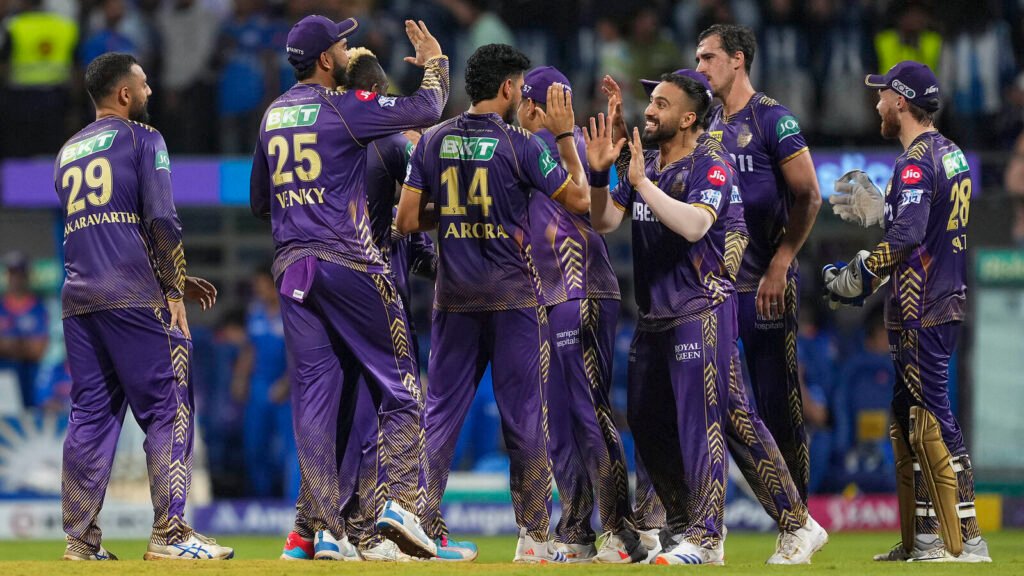How sports became the MVP of brand building

“Sports, in my view, is an excellent vehicle for brand building,” says Vinit Karnik, managing director, content, entertainment and sports, GroupM India. “It provides a powerful platform for brands to connect with audiences in an emotional and engaging way.”
Crafting partnerships
For brands, the key to unlocking the potential of sports lies in well-crafted partnerships. “Brands need to build a partnership that delivers to their business objectives, towards the stakeholders they are looking to engage and communicate with, and demonstrate the value they will add to the journey,” says Nikhil Bardia, head of sports marketing firm RISE Worldwide.
Bardia highlights the importance of thinking beyond visibility and creating meaningful connections. “Fans have proven that when they are taken on the journey together, there is a lot that brands stand to gain from goodwill and legacy building,” he adds.
Also read | Are CMOs prioritizing short-term wins over long-term brand building?
This sentiment resonates with boAt, a brand that has strategically leveraged sports associations to build its presence. “For a brand like boAt, sports associations are pivotal in engaging with consumers in the fitness and sports domains,” says Aman Gupta, co-founder and chief marketing officer of boAt. “Cricket, given its deep cultural connection in India, was a natural starting point, allowing us to connect with fans through an impressive lineup of Indian cricket team ambassadors and strategic partnerships with IPL teams.”
boAt has collaborated with IPL teams such as Mumbai Indians, Kolkata Knight Riders and Chennai Super Kings, and athletes like Hardik Pandya, Rishabh Pant and Jemimah Rodrigues. It has also ventured into football, running and chess, underscoring its commitment to fostering a sports culture across domains. “Around 15-20% of our annual marketing budget is dedicated to sports-related associations,” Gupta shares, reflecting the strong cultural resonance of sports in India and the value boAt sees in connecting with highly engaged audiences.
Reach, retention and recall
The sheer reach that sports provides remains unparalleled. “Advertising combines reach and frequency,” says Prasanna Krishnan, co-founder of FanCode, a sports destination offering streaming and e-commerce. “Sports is the best platform to reach its TG (target group) in a highly engaged environment. Whether it is the large cricket events like the IPL or ICC World Cup or premium sports events like Formula One, sports always delivers impact by getting the brand message across to its core audience group.”
Krishnan highlights one of sports’ biggest advantages over other mediums: its ability to hold attention even during breaks. “Break-time viewership in sports is nearly as high as live action as fans rarely move out during breaks. This is a significant advantage over other genres like entertainment, where ad viewership drops significantly during breaks,” he says.
Also read | Dentsu bets big on India as a talent, innovation, and growth hub
For boAt, this reach translates into both visibility and tangible returns. Gupta explains, “Sports associations offer a robust return, enhancing both brand visibility and sales performance. Partnerships not only keep us top-of-mind for consumers, but also foster deeper community engagement and drive sales through co-branded products with athletes and teams.”
This stickiness has made events like the Super Bowl and IPL advertising goldmines. The Super Bowl charges over $7 million for a 30-second ad, while IPL, with its 74-match schedule, offers brands a direct line to millions of engaged viewers. Expensive events like the Super Bowl or IPL offer unmatched legitimacy and immediate reach to millions, justifying their premium rates, experts say.
Emotion: The X-factor of sports
Sports’ ability to evoke strong emotions is another cornerstone of its effectiveness as a brand-building tool. “Sports evoke strong emotions and a sense of loyalty among fans, and brands can tap into this passion,” says Karnik. He points out how brands can align with values like perseverance, teamwork and excellence to reinforce positive messaging.
“Cricket in India is far more than just a sport—it holds profound cultural significance,” Gupta notes. “People don’t merely watch cricket; they form deep emotional connections with the game and its athletes. The IPL, in particular, helps establish credibility for a brand, offering cultural relevance and focused attention that few other platforms can match.”
Supporting act: Prestige and corporate strategy
Beyond brand visibility, sports also serves as a tool for corporate prestige and soft power. “Countries hosting events like Formula One, Olympics or World Cups use sports as a tourism vehicle and a soft power tool. It’s a way to showcase dominance or prestige, as seen with nations like Qatar, China and the US,” says Tuhin Mishra, managing director of Baseline Ventures, a sports marketing firm.
Also read | Striking a balance between inclusivity and entertainment in advertising
In India, cricket plays a dual role—both as a mass-reach platform and as a branding catalyst. “Brands like DLF, Pepsi, and now Tata have leveraged the IPL to gain instant visibility and credibility,” Mishra adds. Even traditional brands like State Bank of India (SBI) and Indian Oil have long supported sports to build goodwill, while new-age players like boAt have used the IPL to establish their presence.
Winning the long game
From its emotional resonance to its unmatched reach and evolving digital capabilities, sports continue to redefine the rules of brand building. As Gupta sums it up: “By aligning with key sports figures and events, we have captured widespread attention, built stronger community bonds, and driven both engagement and sales, solidifying our presence across both sports and lifestyle segments.”
For companies looking to score big, the sports arena offers not just visibility but an opportunity to create lasting legacies.








